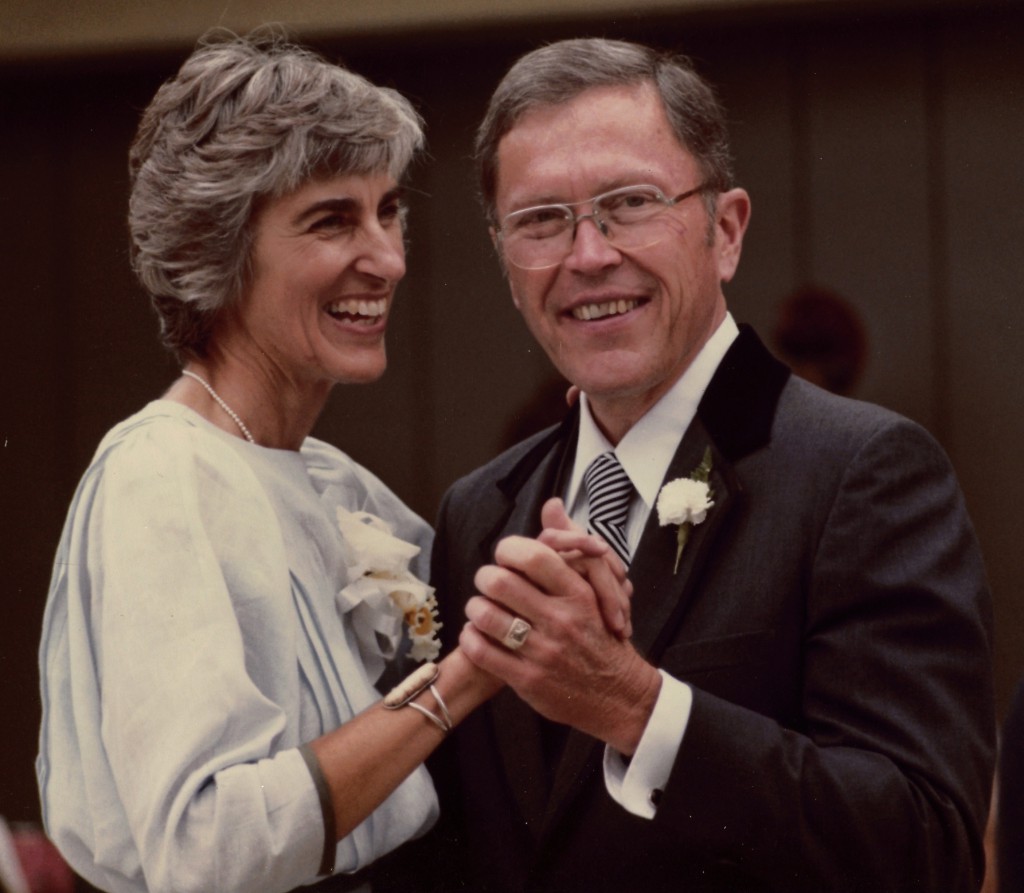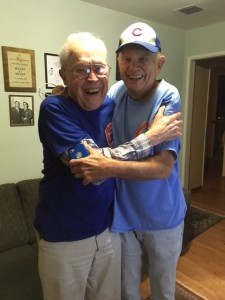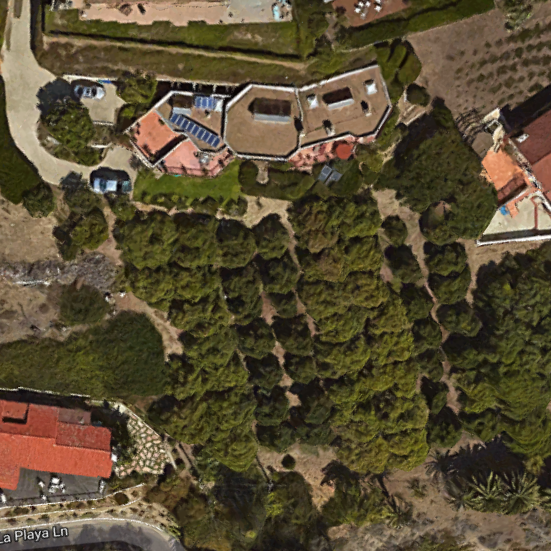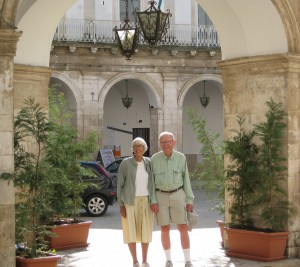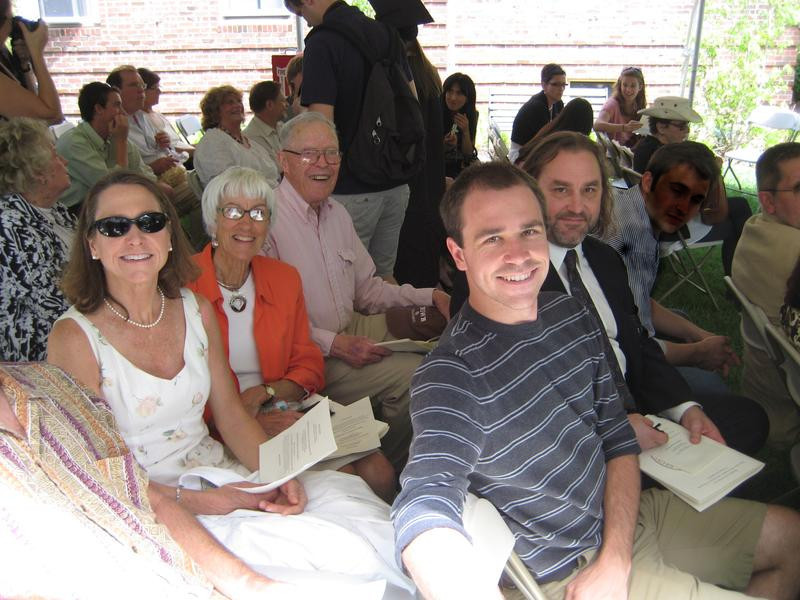For information regarding arrangements and other questions, please go here
First born child Katherine Woods arrived in 1955, and first son Henry III a year and a half later, accompanied them on the westward trip. Andrew Bussian and Edward Robert (1958 and 1961 respectively) are true California natives.
My dad spent 20-something years in the HVAC business in southern California.  During that time, when we would drive around the Los Angeles area, my dad would often point to a building and remark ‘I built that building.’ The first time, eyes wide with wonder, I replied ‘You built that building?!?’ My younger brother might have said ‘All by yourself?’ Whereupon my mother reared her head back and laughed, telling us ‘Your dad is having fun with you. What he really means is that he did the air conditioning for that building.’ Still, he seemed to point to another building every couple of minutes. Perhaps his most marquee accomplishment was winning the bid to do the HVAC for the Queen Mary, which the town of Long Beach had recently purchased and permanently docked as a tourist attraction. Eventually my father and four others from the company bought Acco from Prentiss Fulmore, the original owner.
During that time, when we would drive around the Los Angeles area, my dad would often point to a building and remark ‘I built that building.’ The first time, eyes wide with wonder, I replied ‘You built that building?!?’ My younger brother might have said ‘All by yourself?’ Whereupon my mother reared her head back and laughed, telling us ‘Your dad is having fun with you. What he really means is that he did the air conditioning for that building.’ Still, he seemed to point to another building every couple of minutes. Perhaps his most marquee accomplishment was winning the bid to do the HVAC for the Queen Mary, which the town of Long Beach had recently purchased and permanently docked as a tourist attraction. Eventually my father and four others from the company bought Acco from Prentiss Fulmore, the original owner.
Then in the mid-70′s, after doing relatively well in the HVAc segment of his career, Henry decided to leave the business for good, and signed on to be a high school math and science teacher at the newly starting Chandler High School in Pasadena, California, in 1972.
Henry spent two years at Chandler High School teaching Biology and Geometry, and then took a position teaching Physics, which was his true passion in the academic realm, at the Webb School for Boys in Claremont, California. He commuted daily to Claremont from our home in South Pasadena, and I went with him as I was enrolled as a sophomore at Webb. A year later, with the oldest child already off to college, the family moved into the original Webb house on campus in Claremont.
Henry taught at Webb until 1981, when he retired from teaching, and he and Harriet moved to Santa Barbara, where they had purchased some land with a view of the Pacific Ocean on which
they planned to build their dream house. They did build that dream house, where they lived until 2011. The passive, earth sheltered home cut into the Mesa area above Santa Barbara is still owned by the family, and occupied by daughter Kathy with her family. It functions as the local hotel for visiting members of the extended family. In Santa Barbara, Henry settled into the final chapter of his professional life, hanging out a shingle as a registered Financial Planner.Before my time, on December 7th, 1941 (a date that will live in … well … you know), the Japanese attacked Pearl Harbor. The man who was 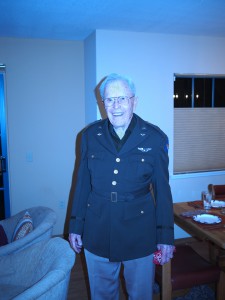 to become my father 17 years later to the month, decided he needed to get into the fight, and worked extra hard in order to graduate early from his high school and enlist in the Army Air Corp in early 1944. His ability with math and science quickly caused the AAC to send him to Navigator training, where he learned to navigate a Boeing B-29 bomber. After he finished his navigator schooling and radar operator training, and after flight training with his B-29 crewmates, his airplane
to become my father 17 years later to the month, decided he needed to get into the fight, and worked extra hard in order to graduate early from his high school and enlist in the Army Air Corp in early 1944. His ability with math and science quickly caused the AAC to send him to Navigator training, where he learned to navigate a Boeing B-29 bomber. After he finished his navigator schooling and radar operator training, and after flight training with his B-29 crewmates, his airplane 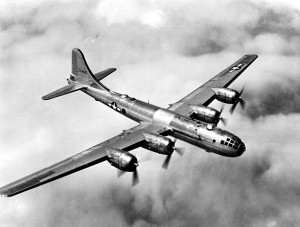 was attached to a combat squadron in the Pacific theatre and received orders to fly to their squadron’s base in the Pacific. But fate had other plans, and before the orders took effect, the only atomic weapons ever used ended the war with Japan. If not for that lucky turn of events, me and my siblings probably never would have existed. After he was mustered out of the Army and honorably discharged, he took advantage of the now famous G.I. Bill and applied for admission to MIT, where he was accepted into the Class of ’50.
was attached to a combat squadron in the Pacific theatre and received orders to fly to their squadron’s base in the Pacific. But fate had other plans, and before the orders took effect, the only atomic weapons ever used ended the war with Japan. If not for that lucky turn of events, me and my siblings probably never would have existed. After he was mustered out of the Army and honorably discharged, he took advantage of the now famous G.I. Bill and applied for admission to MIT, where he was accepted into the Class of ’50.
There at MIT, he played football and lacrosse. He also majored in General Engineering. My dad became an avid supporter of lacrosse at MIT, and that support continued right up until his passing.
Hank and Harriet loved to travel, and also were avid snow skiers since before they met. We know this because they met playing bridge at the only hotel in Aspen, Colorado at the time, the Hotel Jerome which is still in existence today.
Hank, an avid bridge player almost all his life, was playing, well, because he was a bridge enthusiast. My mother admits that she was playing because she wanted to meet interesting men, and besides, there was not always a lot of other things to do in the evenings in Aspen in the early fifties. It didn’t take long before they were skiing in the same group, and my dad admitted that he was impressed with Harriet’s skiing. And her bridge playing wasn’t the worst he’d ever seen, either. They started their courtship soon after returning to St. Louis, and were married later that same year: 1953.After moving to Southern California and having two more children, in 1961 Hank and Harriet used their savings to buy maybe the last plot of unimproved land at Lake Arrowhead that had lake rights. The reasons it was unimproved were two fold: it had been divided off the parcel of land next to it, and it was basically a very steep hillside and came with no rights to the parking area right next to it. So if someone were crazy enough to try and build on it, where would they park? Undaunted, a few years later, Hank had an architect design a steep A-frame house that could be built on the hillside, and had an engineer draw up a parking platform that could also be built out over the hillside complete with a flying stair case down to the house. Although in truth the parking platform did come years later. 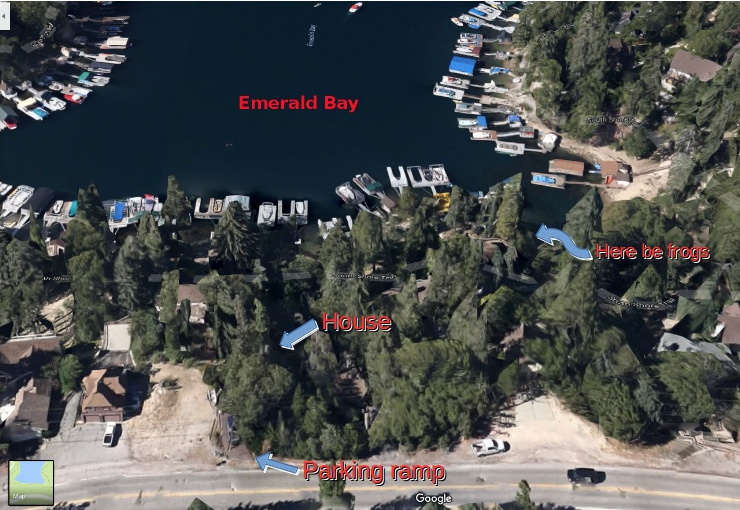 That house just up the hillside from the lake is responsible for a large part of my personality. Harriet would move the children up to the lake house for the summer, and Hank would visit on the weekends. Us children enjoyed what today would be an unimaginable amount of freedom: my usual attire included only one piece of clothing — a pair of cut-off jeans. The family didn’t have money to waste buying swim suits for kids that would soon outgrow them. I rarely wore shoes (flip-flops were not a thing in those days) and usually no shirt, because it would come off for swimming anyway. My two brothers and I, sometimes with our older sister as well, would wander literally all day in the woods around the lake, no supervision, no compass, no mobile phone, and always out of mother’s yelling range, often times swimming for long distances in strange areas of the lake with no adults in attendance or for [what probably seemed like] miles. Absolutely no life jackets or other flotation devices ever crossed anyone’s mind, least of all the parents. My older brother Kris, while splashing around in the lake one day, spied a sunken row boat on the bottom of the lake. He spent many hours slowly dragging towards shore, one breath at a time. When it got close to the tiny beach where we usually swam, my mother told him to leave it alone, but it was too late, he was totally committed. On his own, he repaired it, installed seating areas with floatation foam firmly attached at Hank’s insistence, rebuilt an old outboard motor he got from a neighbor which also had also seen the bottom of the lake (the motor, not the neighbor), and we, by extension of my brother, had what we called a “putt-putt.” Motorized transportation allowing us to go anywhere on the lake in mere minutes. Something my parents had basically told us we couldn’t, and almost certainly would never, have. I could go on for days with these stories. Suffice it to say, a life-long love of sailing, swimming, freedom and self sufficiency was the result. One interesting thing to note was the Hank designed a passive convection heating element to go into the chimney as the fireplace. All but the openings for the air inlets and outlets were bricked up as part of the wonderful fireplace, and most never even guessed at its existence. I believe it was welded up by some journeymen at Acco, and in the winter it could heat up the entire two story open area of the A-frame in just a couple hours.
That house just up the hillside from the lake is responsible for a large part of my personality. Harriet would move the children up to the lake house for the summer, and Hank would visit on the weekends. Us children enjoyed what today would be an unimaginable amount of freedom: my usual attire included only one piece of clothing — a pair of cut-off jeans. The family didn’t have money to waste buying swim suits for kids that would soon outgrow them. I rarely wore shoes (flip-flops were not a thing in those days) and usually no shirt, because it would come off for swimming anyway. My two brothers and I, sometimes with our older sister as well, would wander literally all day in the woods around the lake, no supervision, no compass, no mobile phone, and always out of mother’s yelling range, often times swimming for long distances in strange areas of the lake with no adults in attendance or for [what probably seemed like] miles. Absolutely no life jackets or other flotation devices ever crossed anyone’s mind, least of all the parents. My older brother Kris, while splashing around in the lake one day, spied a sunken row boat on the bottom of the lake. He spent many hours slowly dragging towards shore, one breath at a time. When it got close to the tiny beach where we usually swam, my mother told him to leave it alone, but it was too late, he was totally committed. On his own, he repaired it, installed seating areas with floatation foam firmly attached at Hank’s insistence, rebuilt an old outboard motor he got from a neighbor which also had also seen the bottom of the lake (the motor, not the neighbor), and we, by extension of my brother, had what we called a “putt-putt.” Motorized transportation allowing us to go anywhere on the lake in mere minutes. Something my parents had basically told us we couldn’t, and almost certainly would never, have. I could go on for days with these stories. Suffice it to say, a life-long love of sailing, swimming, freedom and self sufficiency was the result. One interesting thing to note was the Hank designed a passive convection heating element to go into the chimney as the fireplace. All but the openings for the air inlets and outlets were bricked up as part of the wonderful fireplace, and most never even guessed at its existence. I believe it was welded up by some journeymen at Acco, and in the winter it could heat up the entire two story open area of the A-frame in just a couple hours.
Hank, as he was called by his friends, is survived by his wife of 64 years Harriet, his four children, and six grandchildren (so far), to count just a few.
